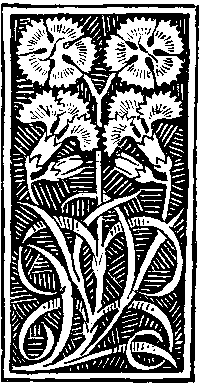The Biofiction of a Novel:
Sheila Kohler’s Becoming Jane Eyre
Keywords:
Becoming Jane Eyre, Bertha Mason, 'biofiction of Victorian texts', Branwell Brontë, Charlotte Brontë, Jane Eyre, literary doubling, Sheila Kohler, neo-Victorian biofictionAbstract
Sheila Kohler’s Becoming Jane Eyre (2009) traces the composition process of Charlotte Brontë’s best-known work. It could be regarded as an example of neo-Victorian biofiction of a literary celebrity and yet, it is perhaps better described as the biofiction of a novel. Kohler fictionalises Brontë’s writing of Jane Eyre (1847) at a period of internal conflict in the author’s life. The Victorian writer’s sense of self-division correlates with Bertha’s role as Jane’s double. Kohler echoes this duality and suggests that Brontë modelled the madwoman on Humber, a nurse who looked after Mr. Brontë, and on her brother Branwell Brontë. If Bertha is Jane’s double, Humber and Branwell are Charlotte’s own doubles: respectively, they represent a repressed self, and a dark self that she will exorcise through the writing of Jane Eyre. Because of its focus on a Victorian novel (and a text of special significance), Becoming Jane Eyre can exemplify a less frequent variety of neo-Victorian biofiction, what I term ‘biofiction of Victorian texts’.


